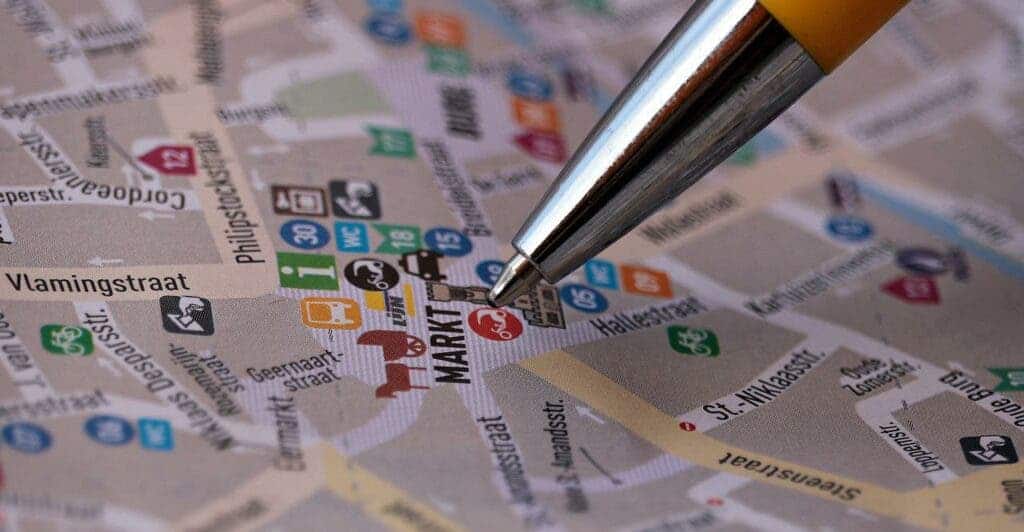Rats are helping us better understand the workings of the biological, “internal GPS” that humans and other animals are born with.

A new study led by researchers at the Norwegian University of Science and Technology is helping us better understand our inbuilt navigation systems. The study reports that rats do not need to physically explore an environment to learn about its specifics. Instead, they can learn to navigate a certain space just by observing their fellows going through it.
Rats see, rats do
“Our study shows that the cognitive representation of a space formed by observation is stable and can be used by the animals to navigate more efficiently through the observed space,” said lead author Dr. Thomas Doublet. “Learning by observation is the most common form of learning from school to daily life”.
“We wanted to understand whether or not a spatial representation could be acquired remotely,” explained Doublet. “This is important to understand how spatial representations can be generated and stabilized.”
The study reports on a case of learning by observation, a behavior that has previously been observed in invertebrates like bees, in birds, fish, and other mammals. The ability to learn by example is extremely useful for the animals that can pull it off, helping to dramatically improve their wellbeing and chances of survival by allowing individuals to draw on the experiences of others.
In the context of movement, researchers have shown that animals and humans can learn to navigate certain spaces or distances through the formation of ‘cognitive maps’. Some candidates for the cells that underpin the formation, maintenance, and use of these cognitive maps have been suggested: these are grid cells, border cells, head direction cells, and place cells. Place cells, for example, are neurons in the hippocampus that become active when an animal enters a particular space, which is scientifically known as a ‘place field’ (hence the name).
Despite this, the intricacies of the processes that govern such cognitive maps are poorly understood, as is the exact nature (or identity) of the cells that take part. Among others, we don’t know if an animal requires direct experience to create such a map, or whether it can be formed through learning by observation.
In order to find out, the team enlisted the help of lab rats. These animals were ideal for the experiment as their navigational abilities are well-known and well-documented. Their ability to create and maintain stable cognitive maps of previously-unknown places was already documented, although only in the case of direct exploration. The current study aimed to understand if the rats could create such maps through indirect experience — i.e. by observation, without any exploration of their own.
For this purpose, the team designed a two-part cage, with an inner cage and an outer cage. An observer rat was placed in the inner cage, where he could see a demonstrator rat find its way towards a location with food in the outer cage. After being allowed to see this process, the observer rat was allowed to explore the outer cage and find the reward.
The performance of the observer rats was compared to the performance of naive rats, i.e., rats that had to find the reward without previous observational training. The observer rats outperformed their naive counterparts by an immense margin: 100% of them found the food vs 12% of the naive ones.
When the team injected CPP, a substance that prevents the stabilization of newly-formed stable place cell representations but doesn’t interfere with already-formed ones, the rats would perform just as well after the observational task. This, they report, means that their cognitive maps were either stabilized through observation alone, or they didn’t require a stable place cell representation to form.
All in all, they report, the findings heavily suggest that learning by observation is enough to allow animals, and most likely humans as well, to learn how to navigate a certain environment.
The paper “Thomas Doublet et al, Social Learning of a Spatial Task by Observation Alone” has been published in the journal Frontiers in Behavioral Neuroscience.






